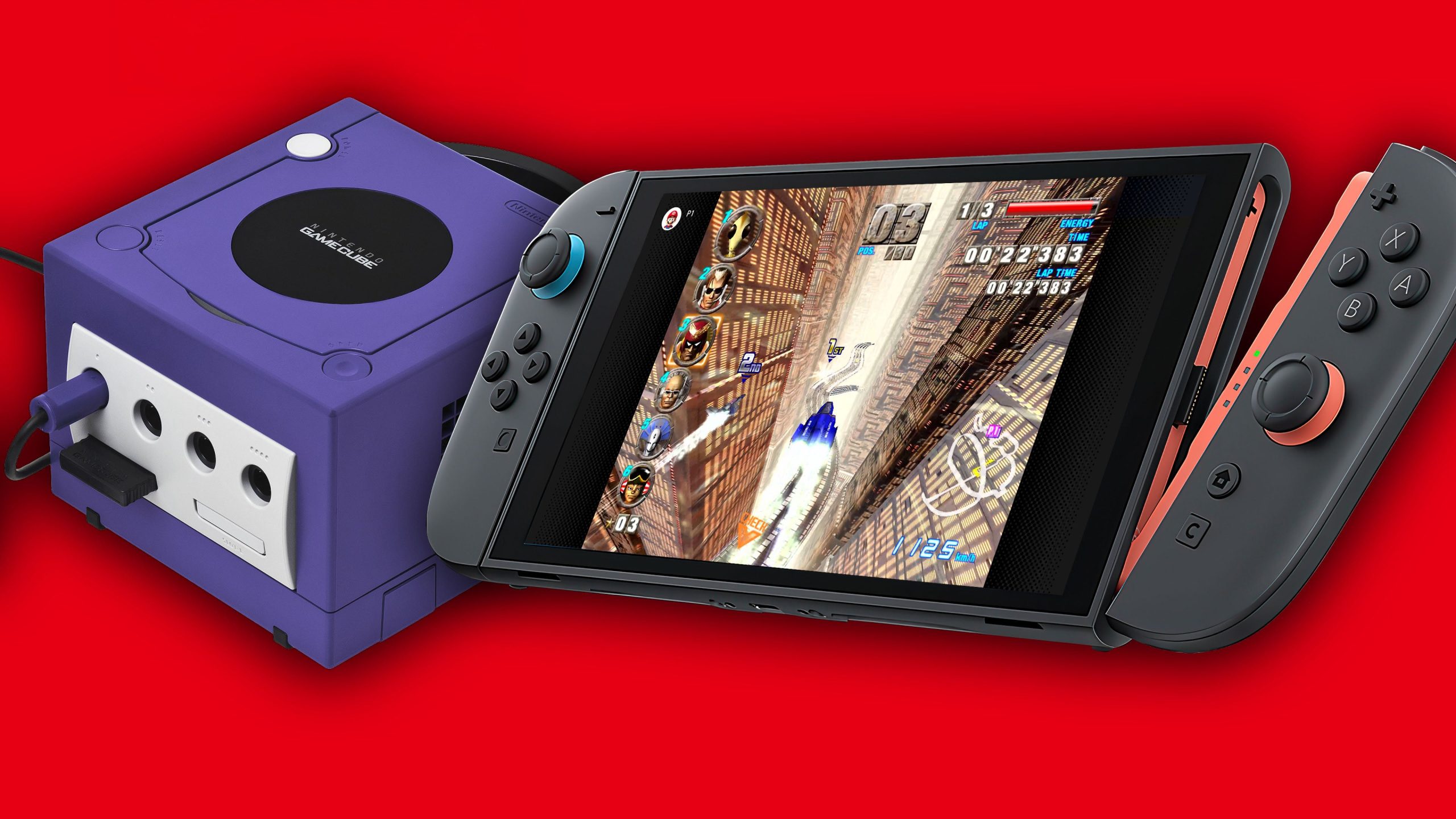One of Nintendo Switch 2’s big perks is its official GameCube classics support, available to those with a Nintendo Online Expansion sub. The selection is Switch 2 exclusive, and while the current range of GameCube titles is still in its infancy with just four on offer so far, they are at least all great picks. However in testing the likes of F-Zero GX, Soul Calibur 2, The Legend of Zelda: The Wind Waker, plus the latest addition, Mario Strikers, today there is one question: does Nintendo’s GameCube emulator on Switch 2 add any input lag versus running the game on real GameCube hardware?
Reports online have surfaced that the Switch 2’s GameCube emulator does add a noticeable level of latency to certain titles. For most games it’s not a glaring issue, but in the case of F-Zero GX, where every split-second matters, the contention is that this extra lag affect play. So just how does the game’s input latency – from a button press to on-screen response – compare to a genuine GameCube system playing the same game? Is there any truth to the claims here? To cut to the chase, the answer is: yes – there is added lag in playing these games on Switch 2, and I’ve run the tests to put a to establish the exact latency figure.
Let’s focus our testing on F-Zero GX, since it’s the game seemingly most affected. As ever, the test method is simple: I take camera footage at 240 frames per second, and measure the number of frames between physically pressing the A button, and the first sign of the car on-screen accelerating. At 240fps – or 239.76fps to be precise, in my camera’s case – each frame of delay counts for 4.17ms of lag. With that in mind, I multiply the number of frames by that number to get the overall latency result.
Helpfully, in F-Zero GX’s specific case, an A button press translates to a response almost immediately, causing the rear of a car to light up as its booster engages. I will stress that this may not be indicative of absolute, overall latency, and other parts of the game engine may potentially react more quickly to a controller input. Another point to note: the monitor I’m using is the Dough Spectrum ES07D03 which has a relatively low 2.35ms latency, according to TFT Central – which is a value I’ll subtract from each result (but feel free to add your own display’s latency as appropriate). Using this method we have a consistent way to measure latency – and most crucially, a way to find the relative latency between an actual GameCube and Switch 2’s emulation.
